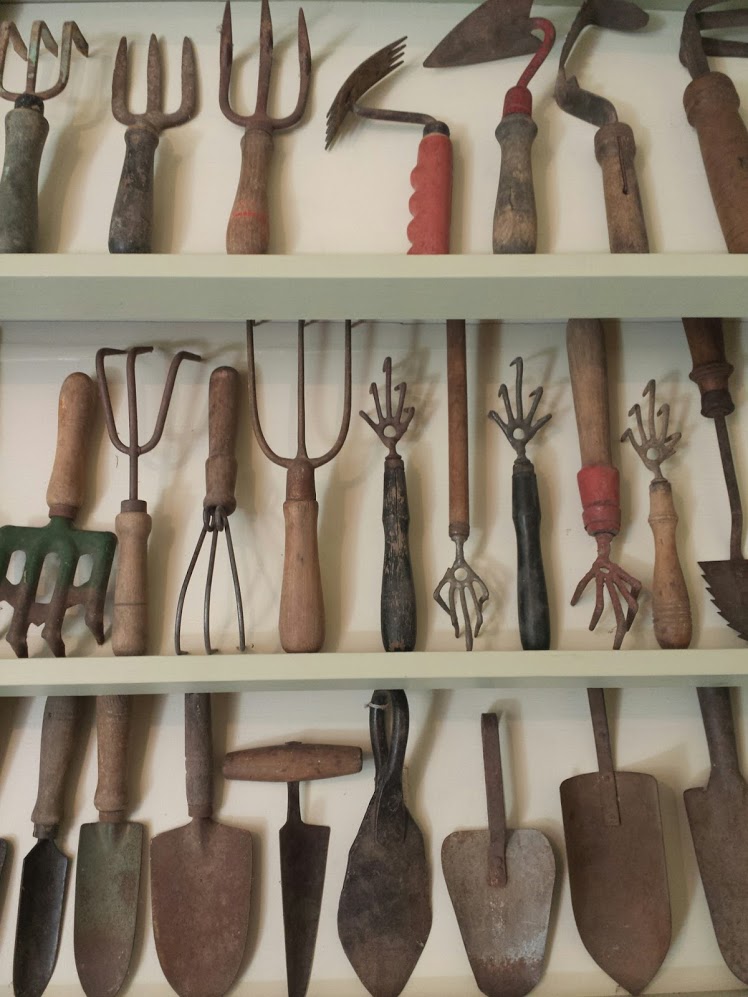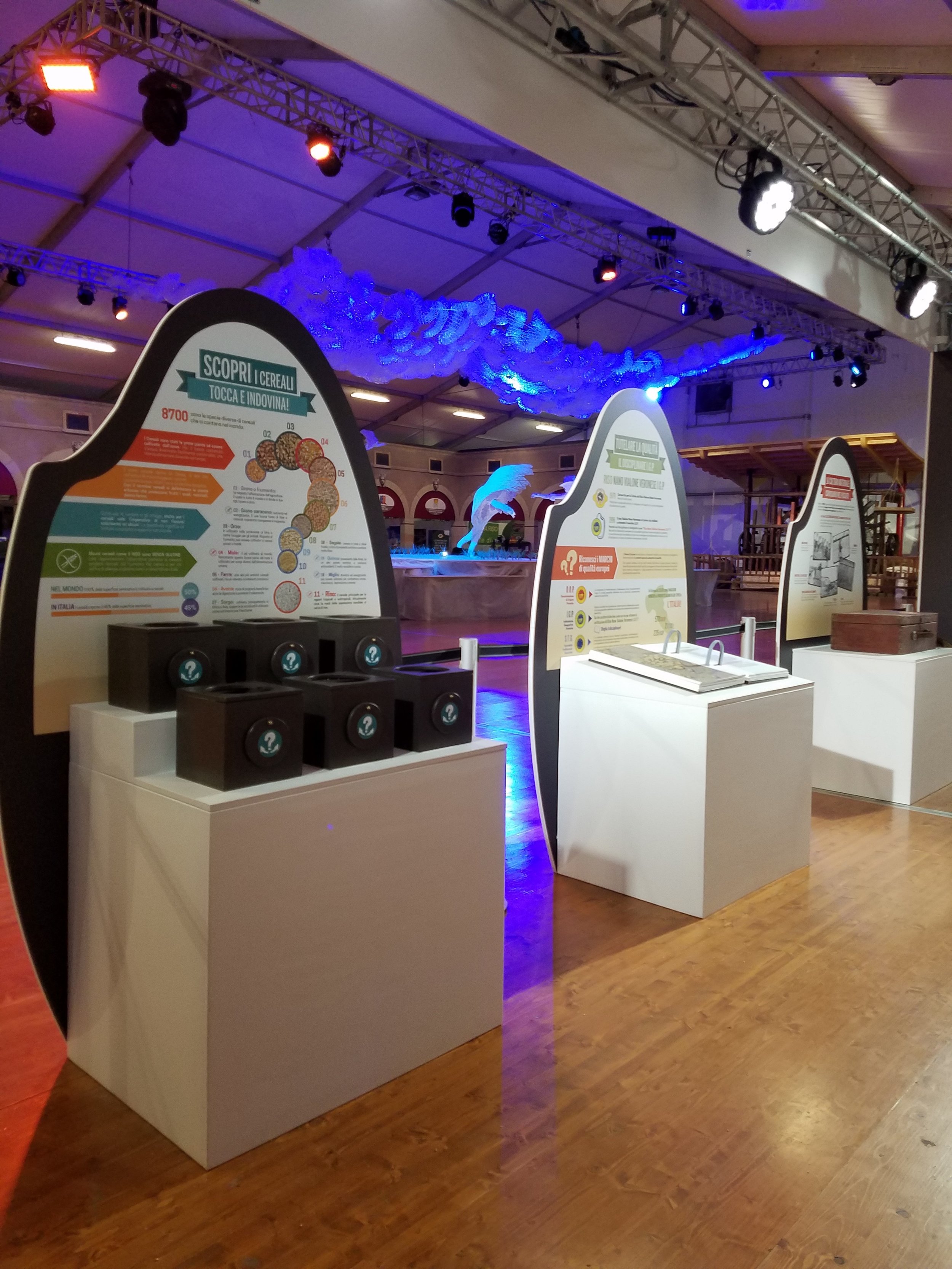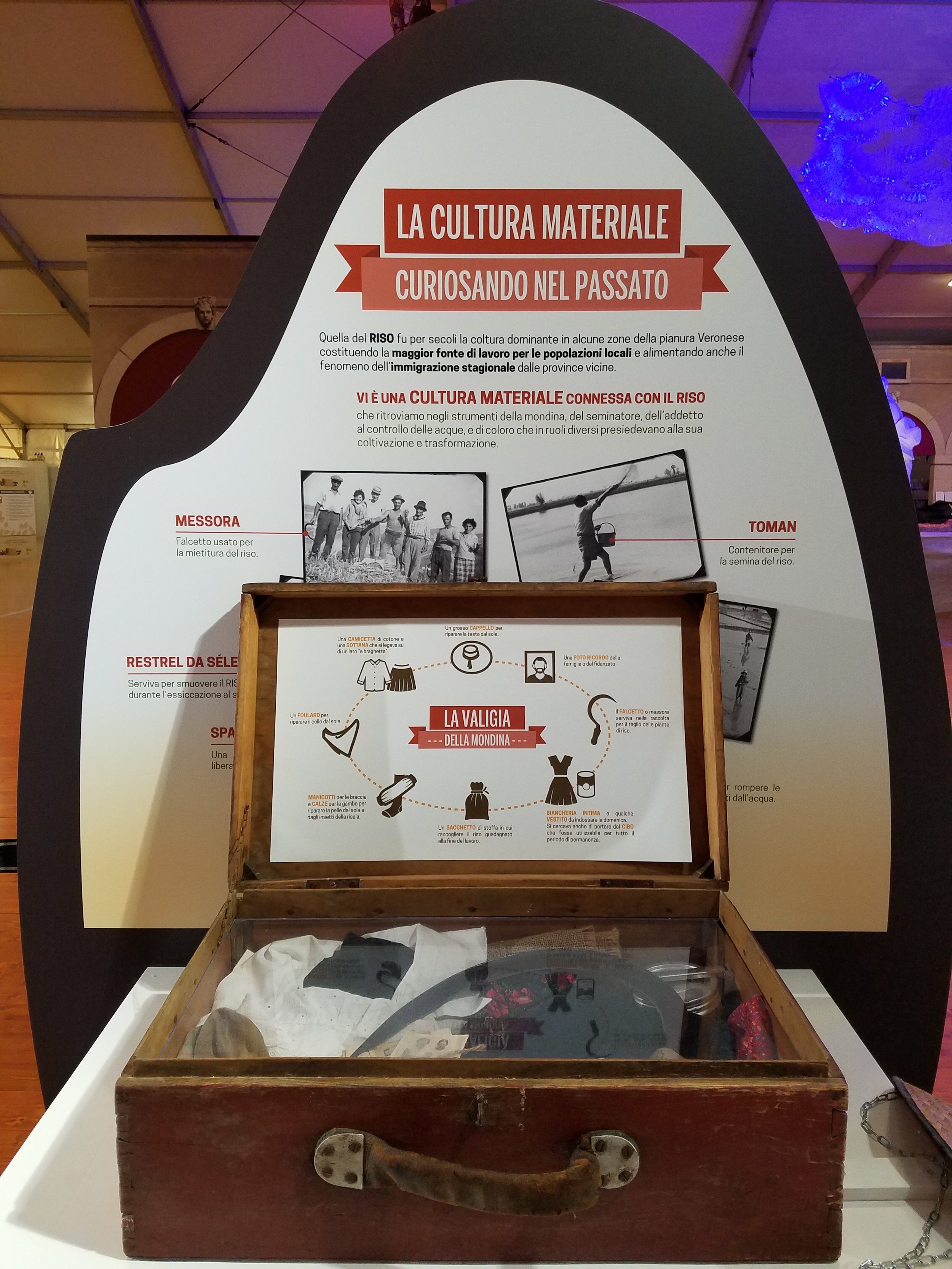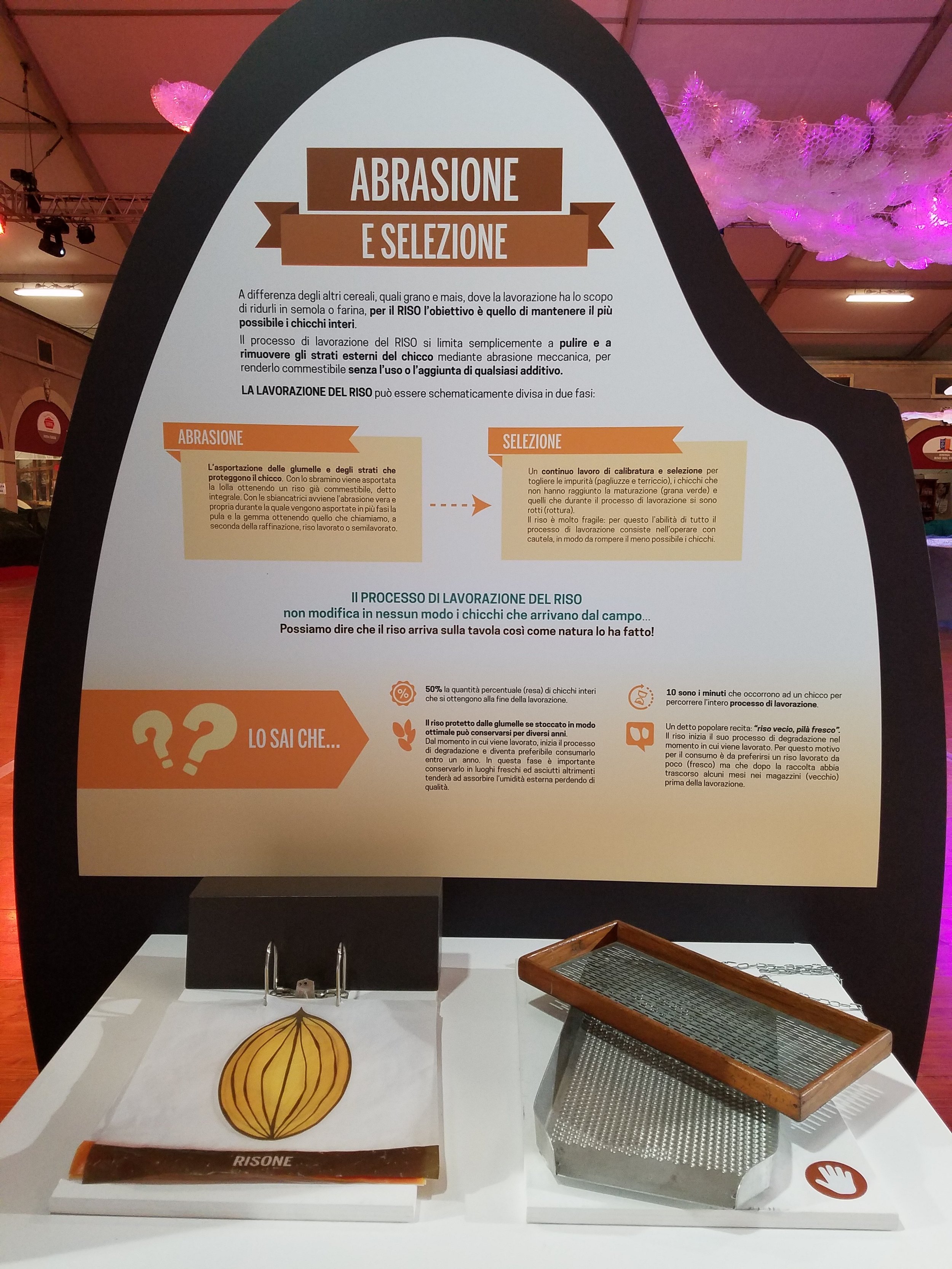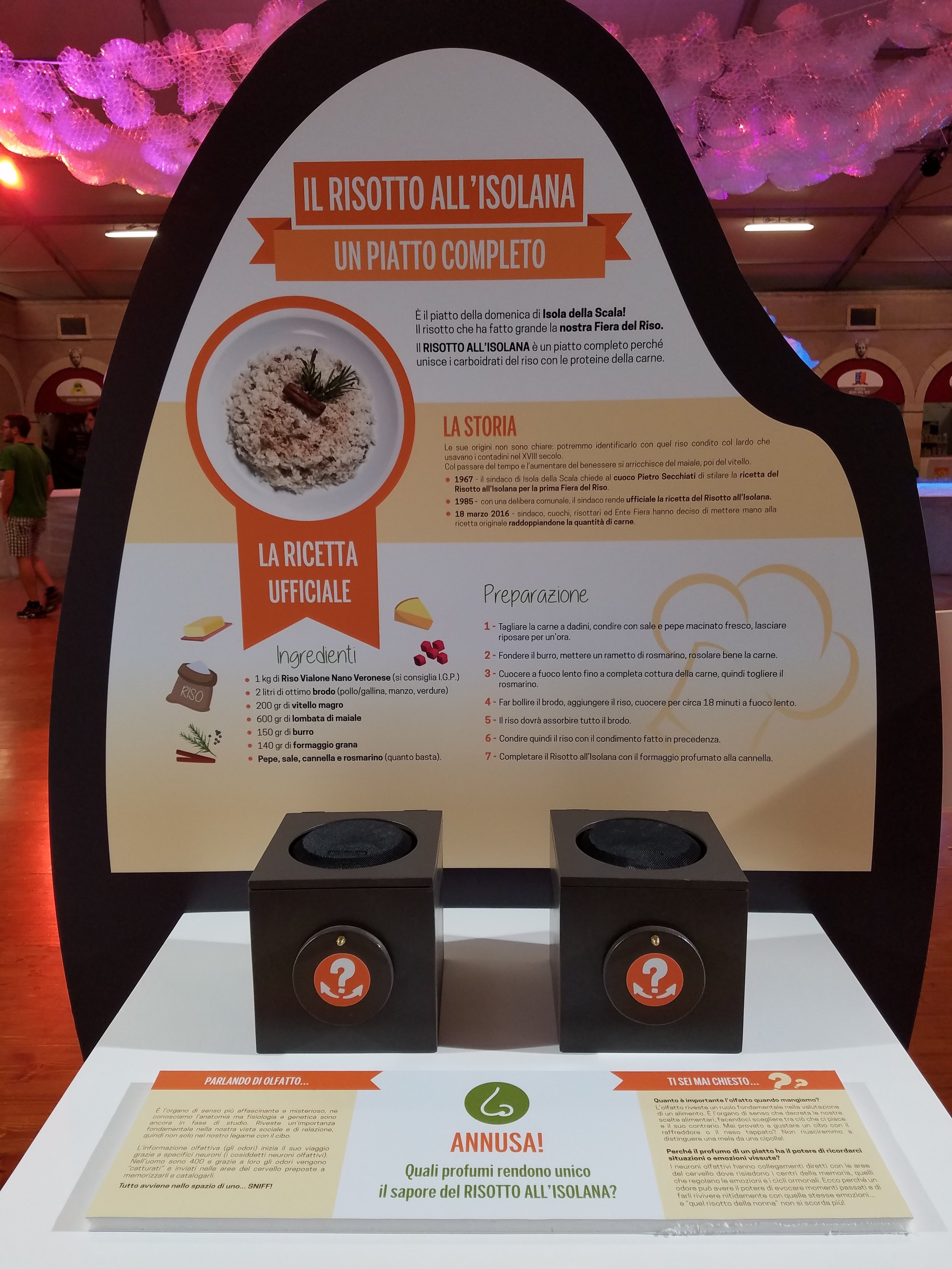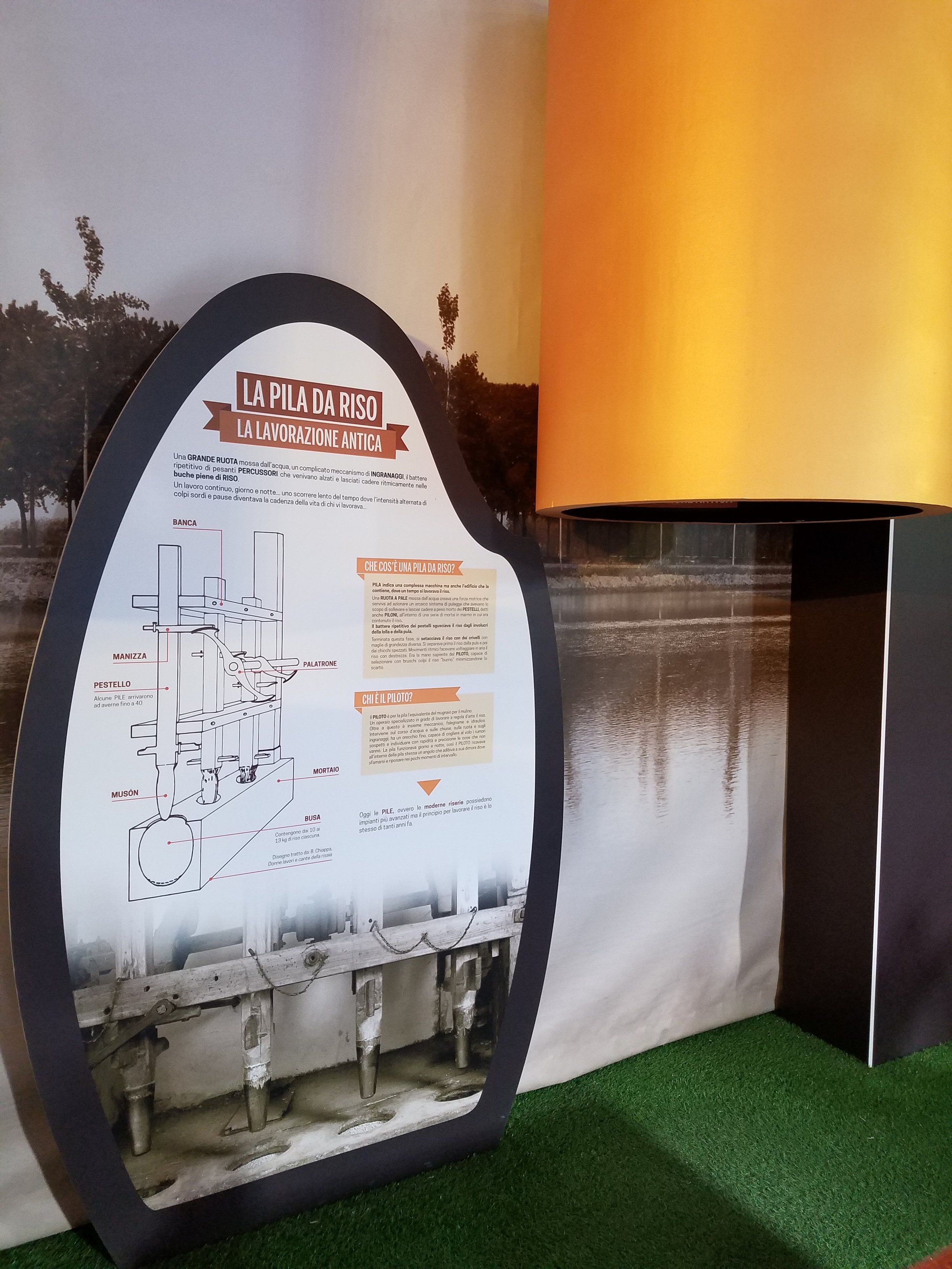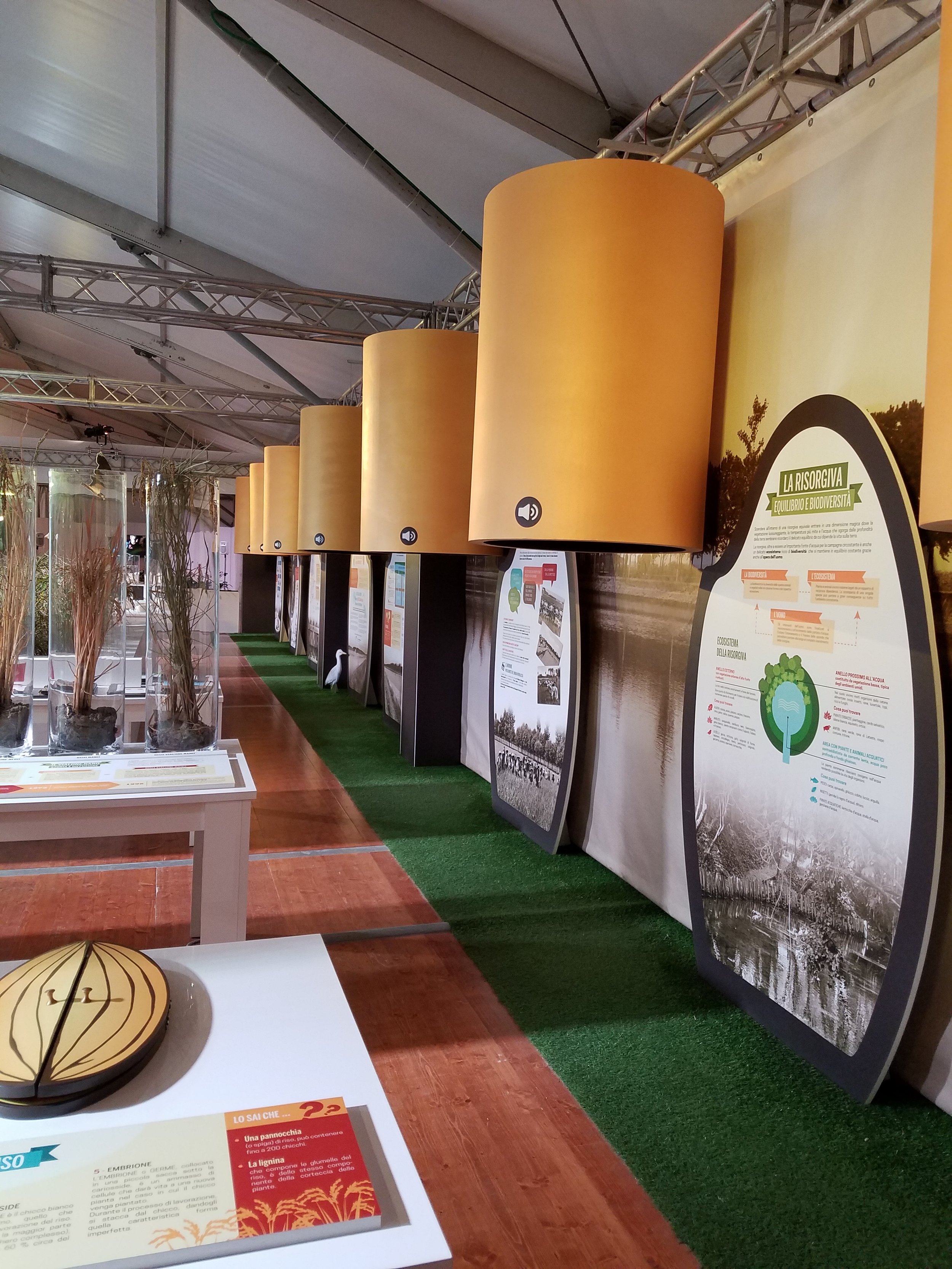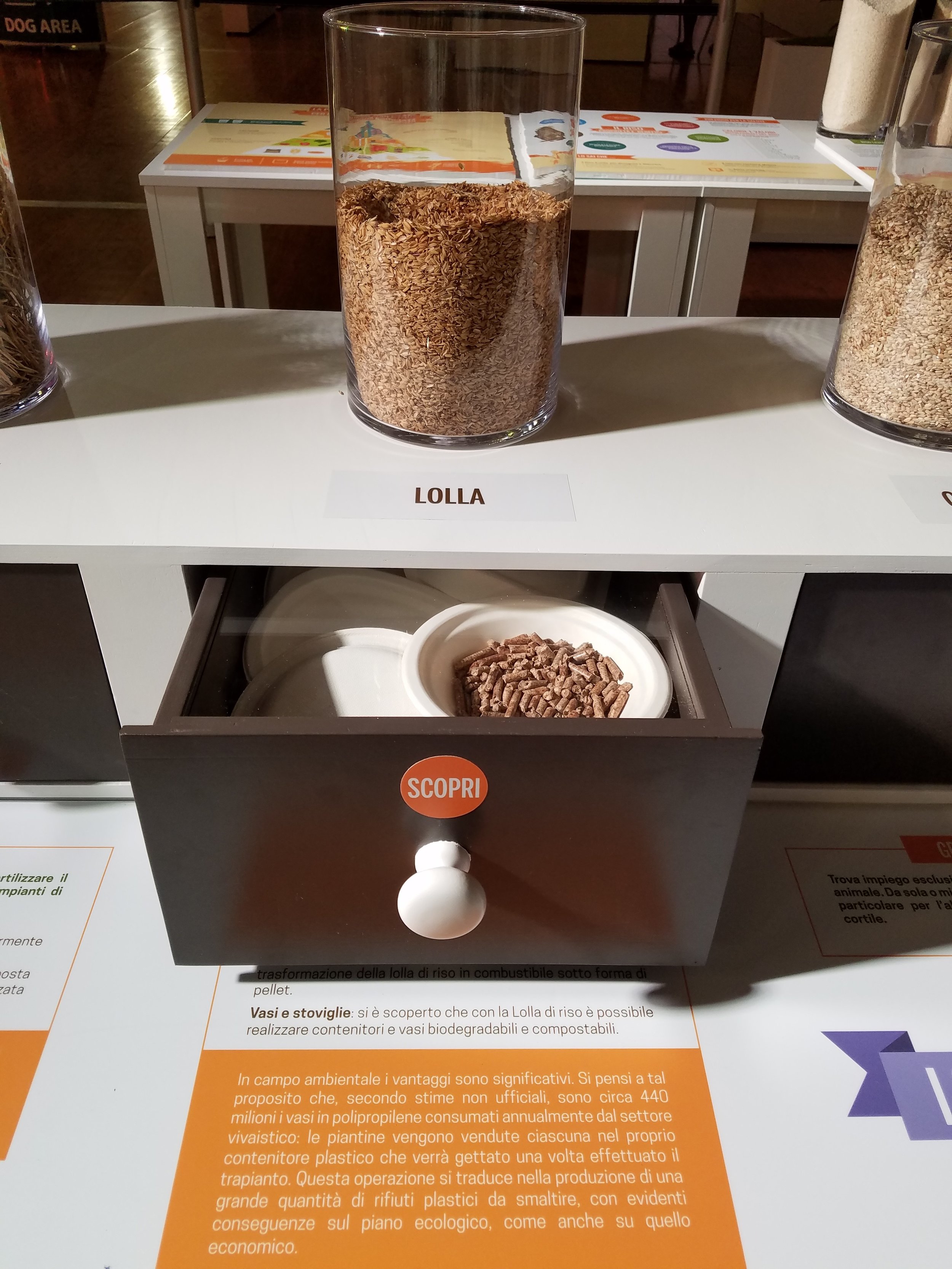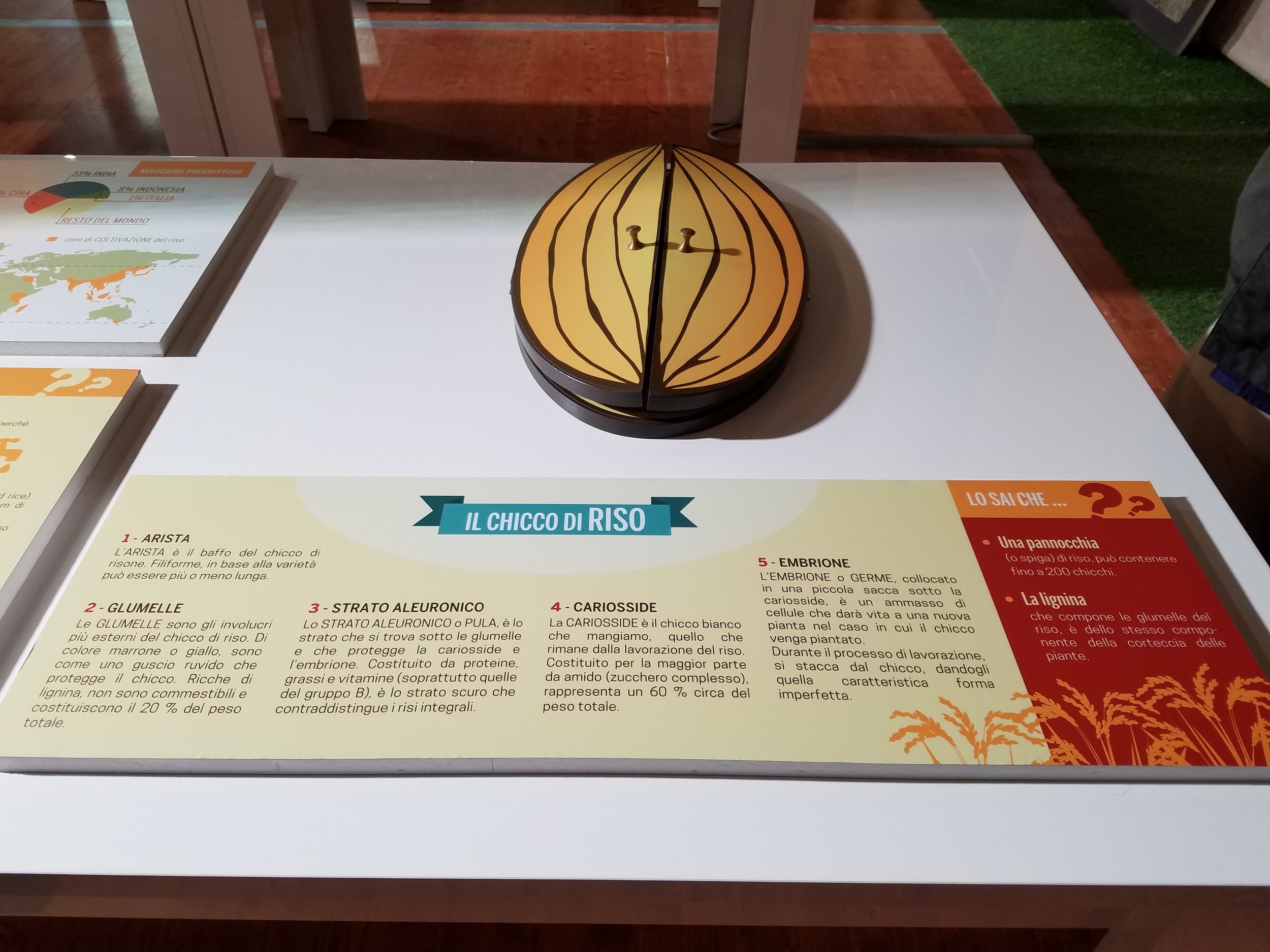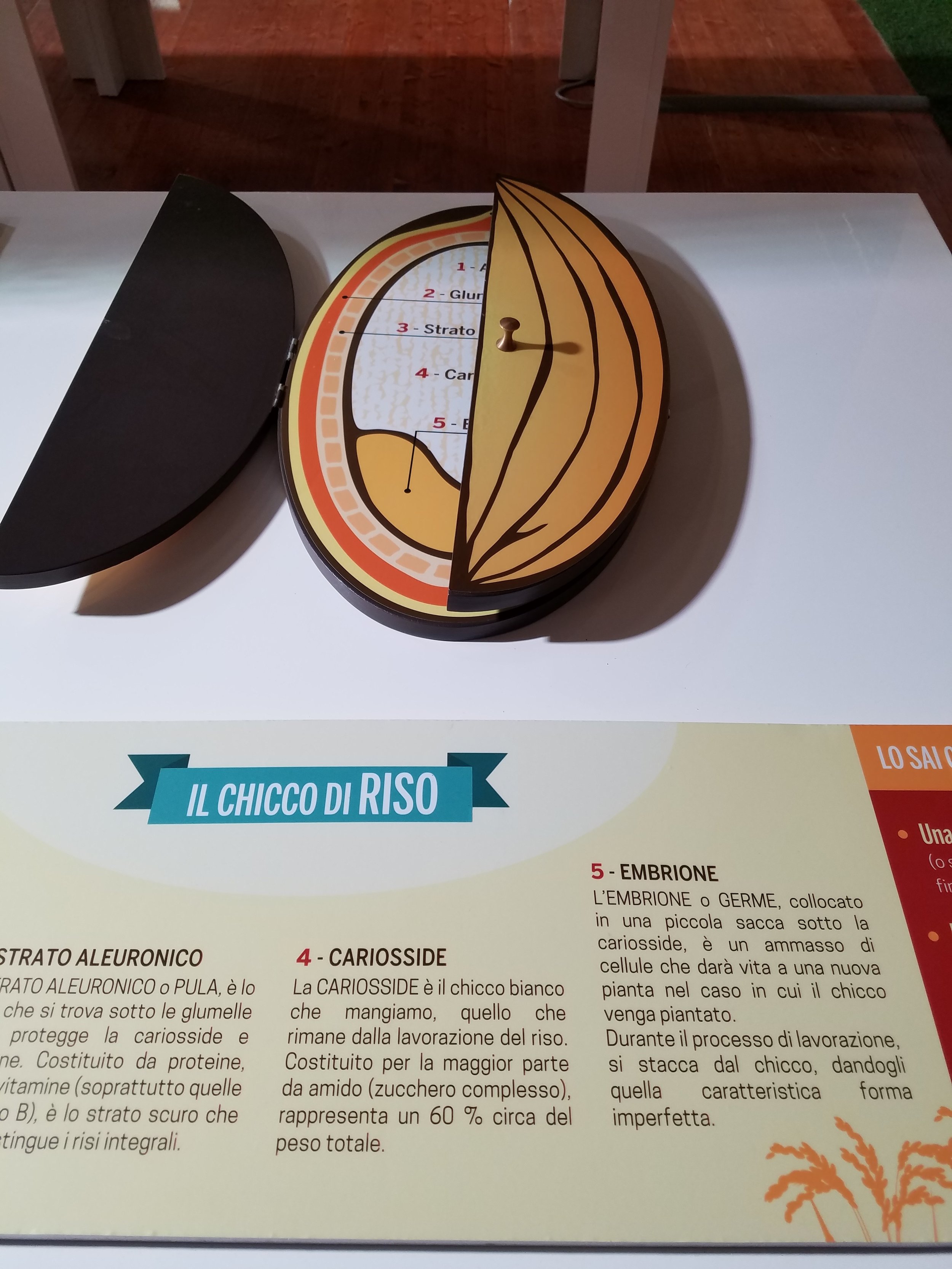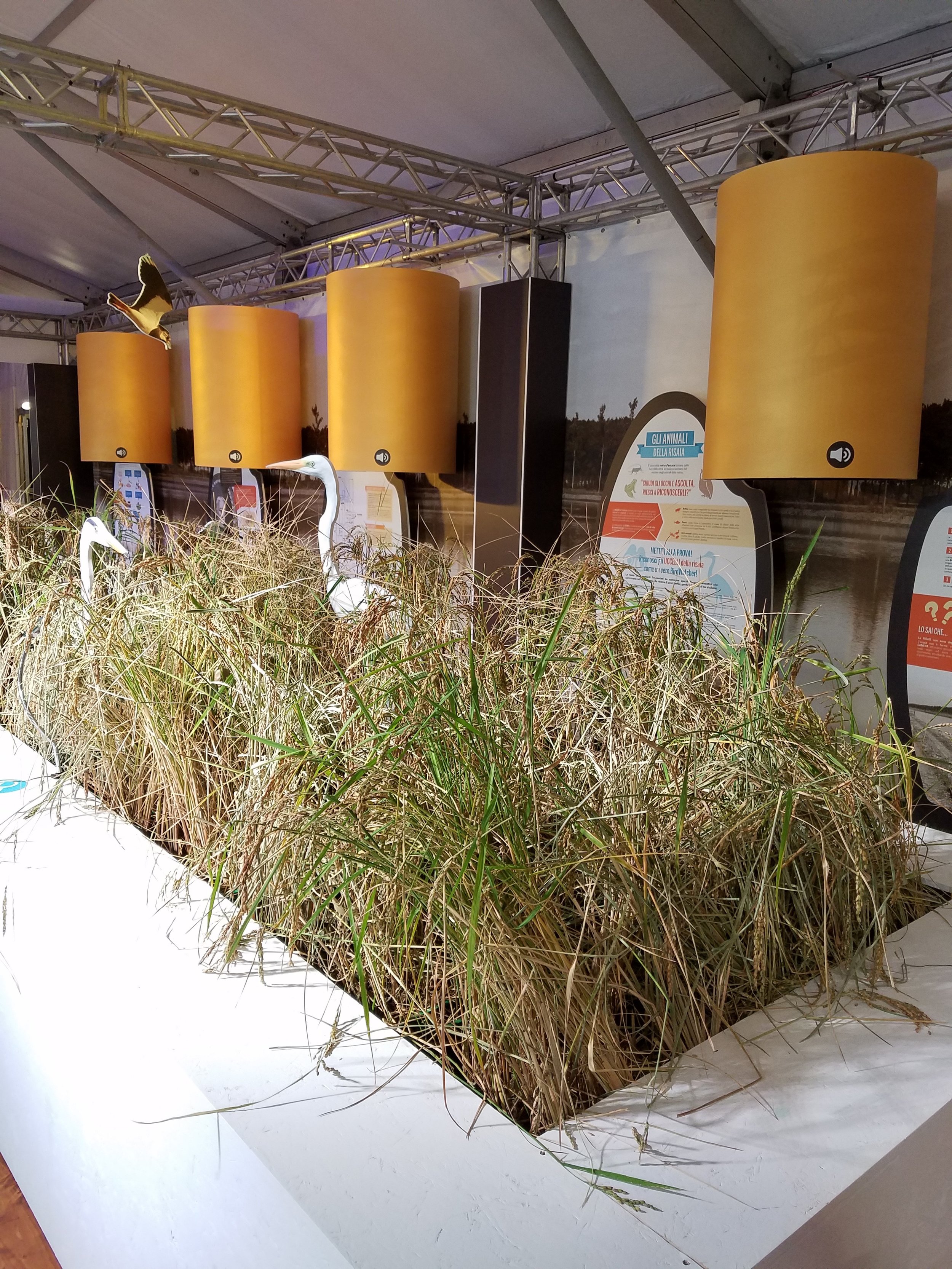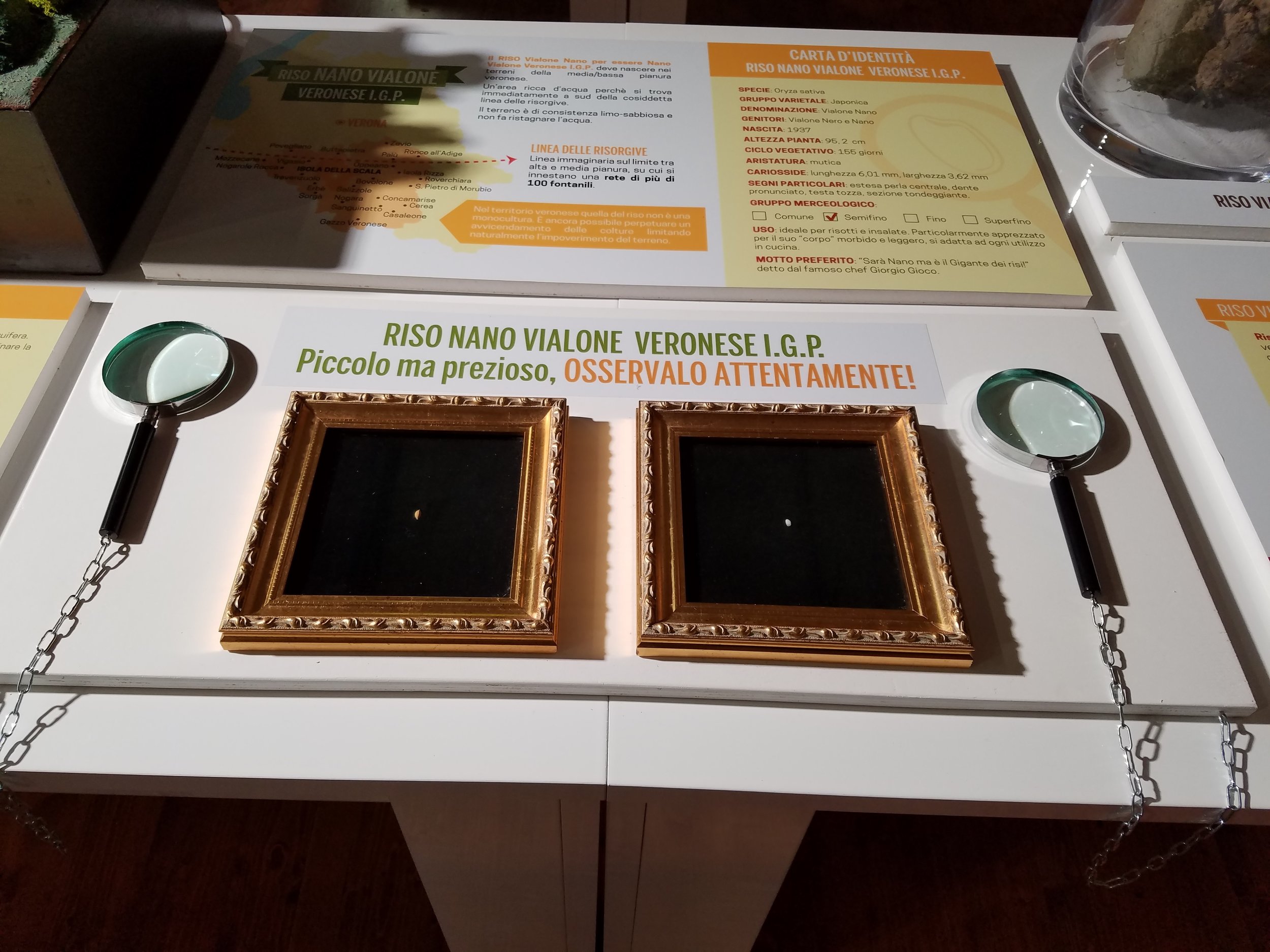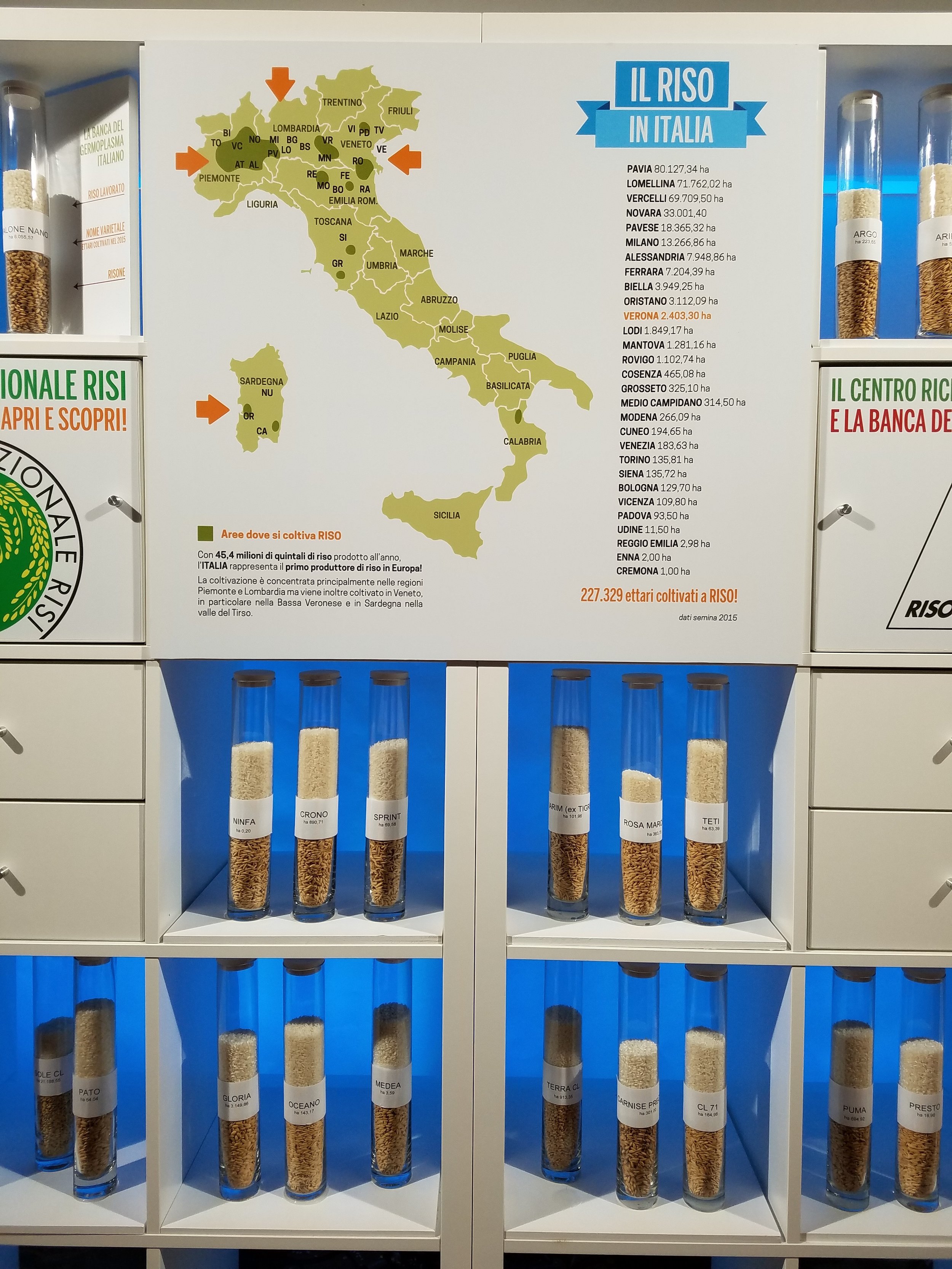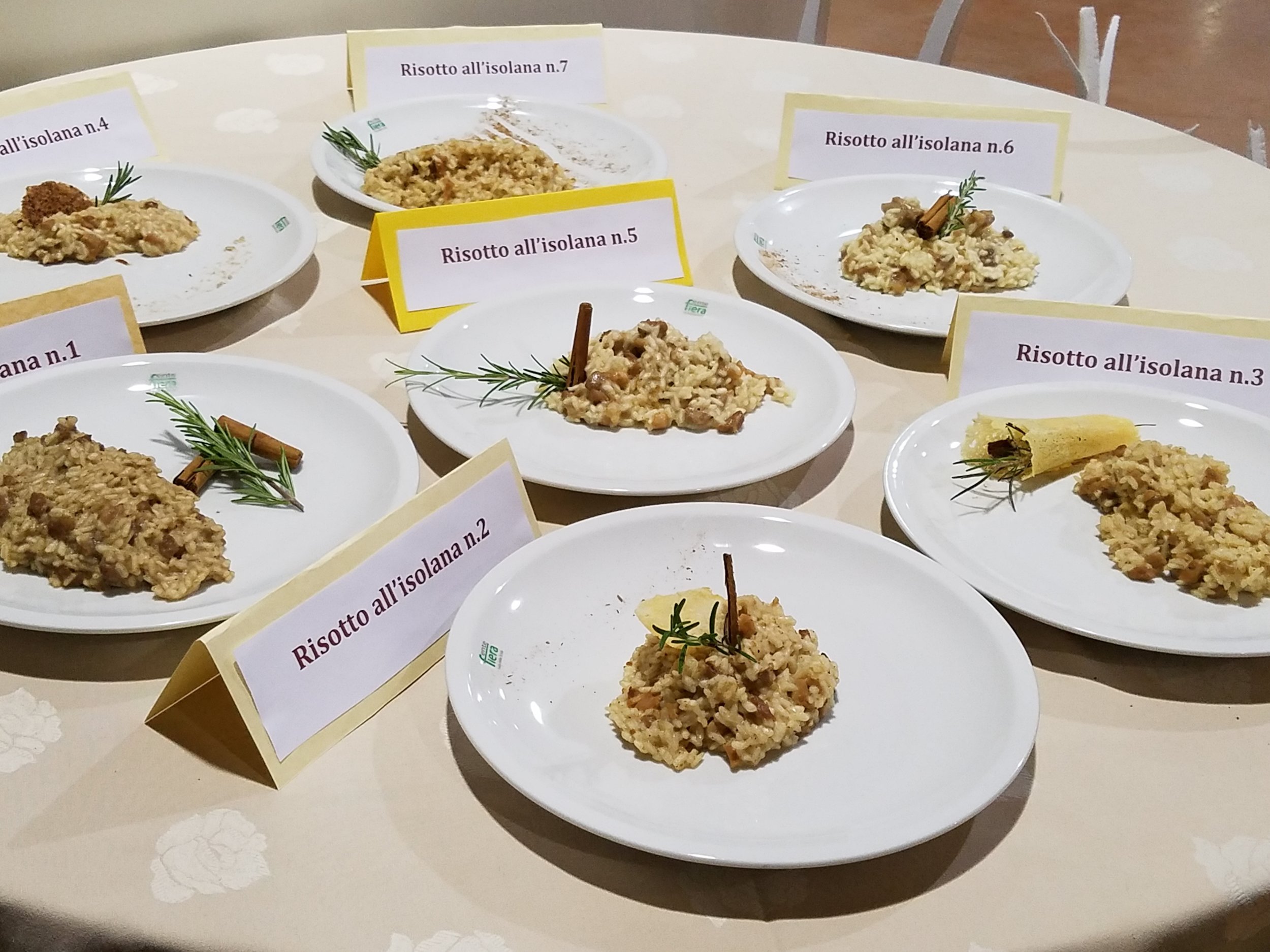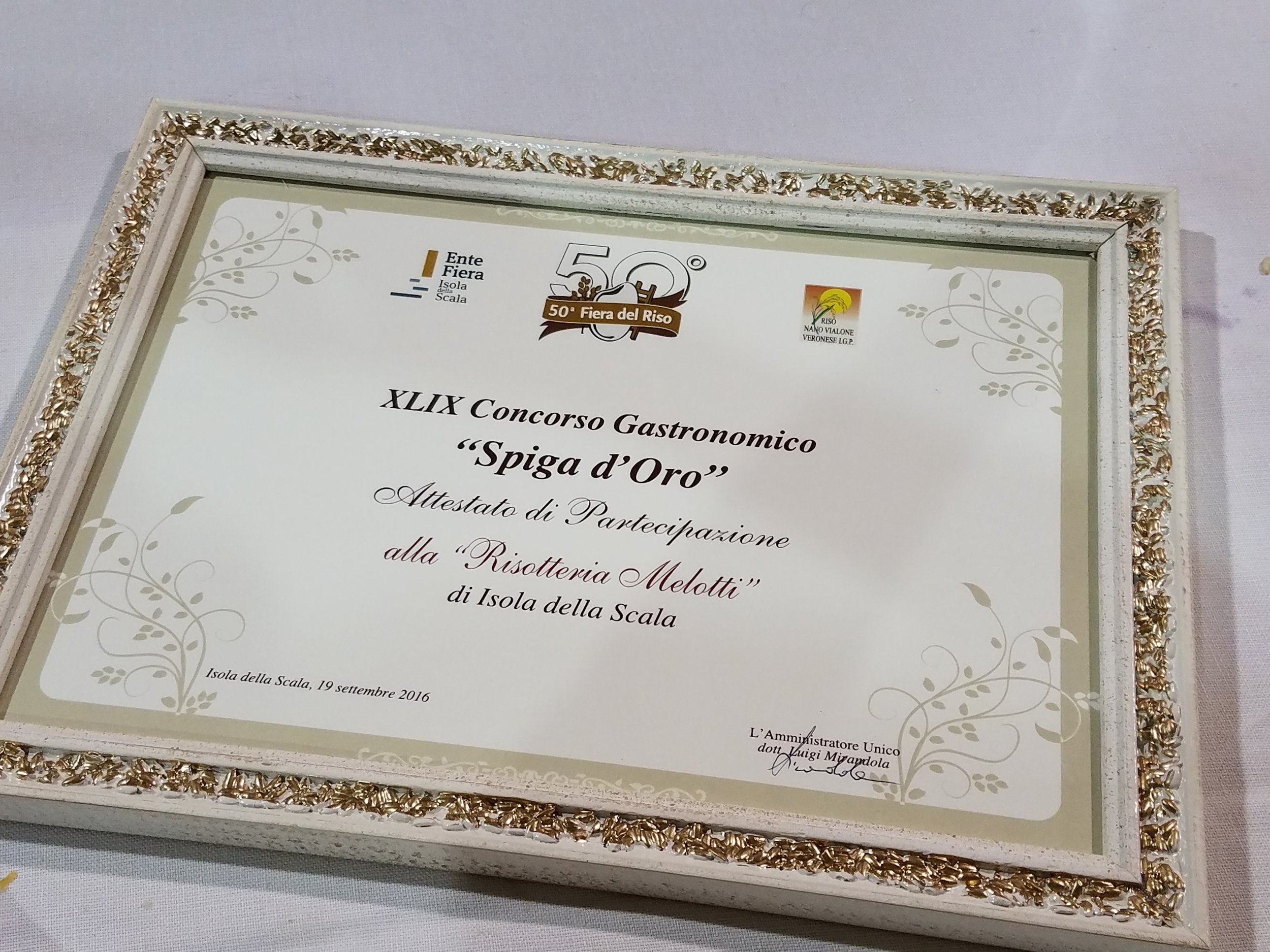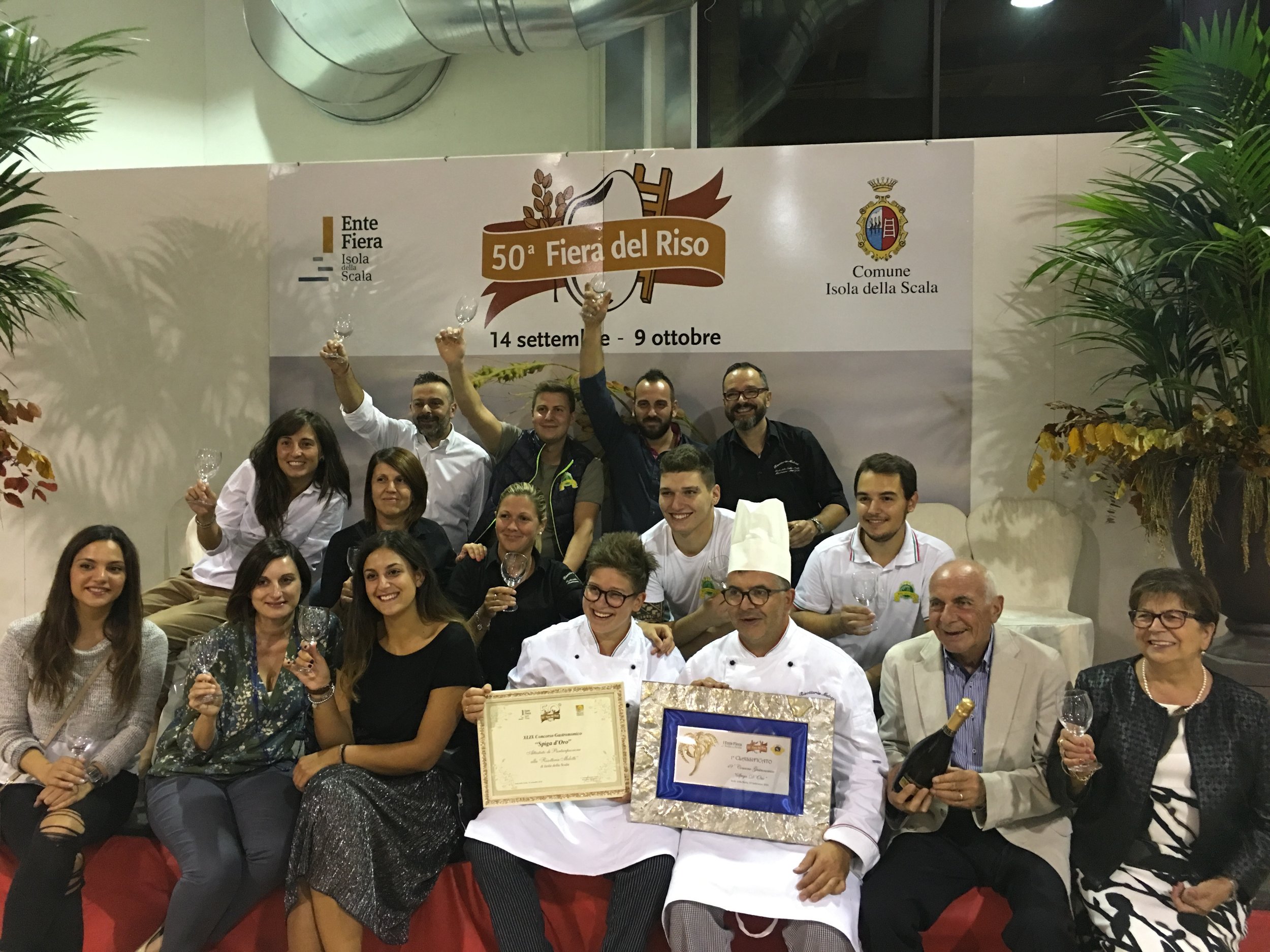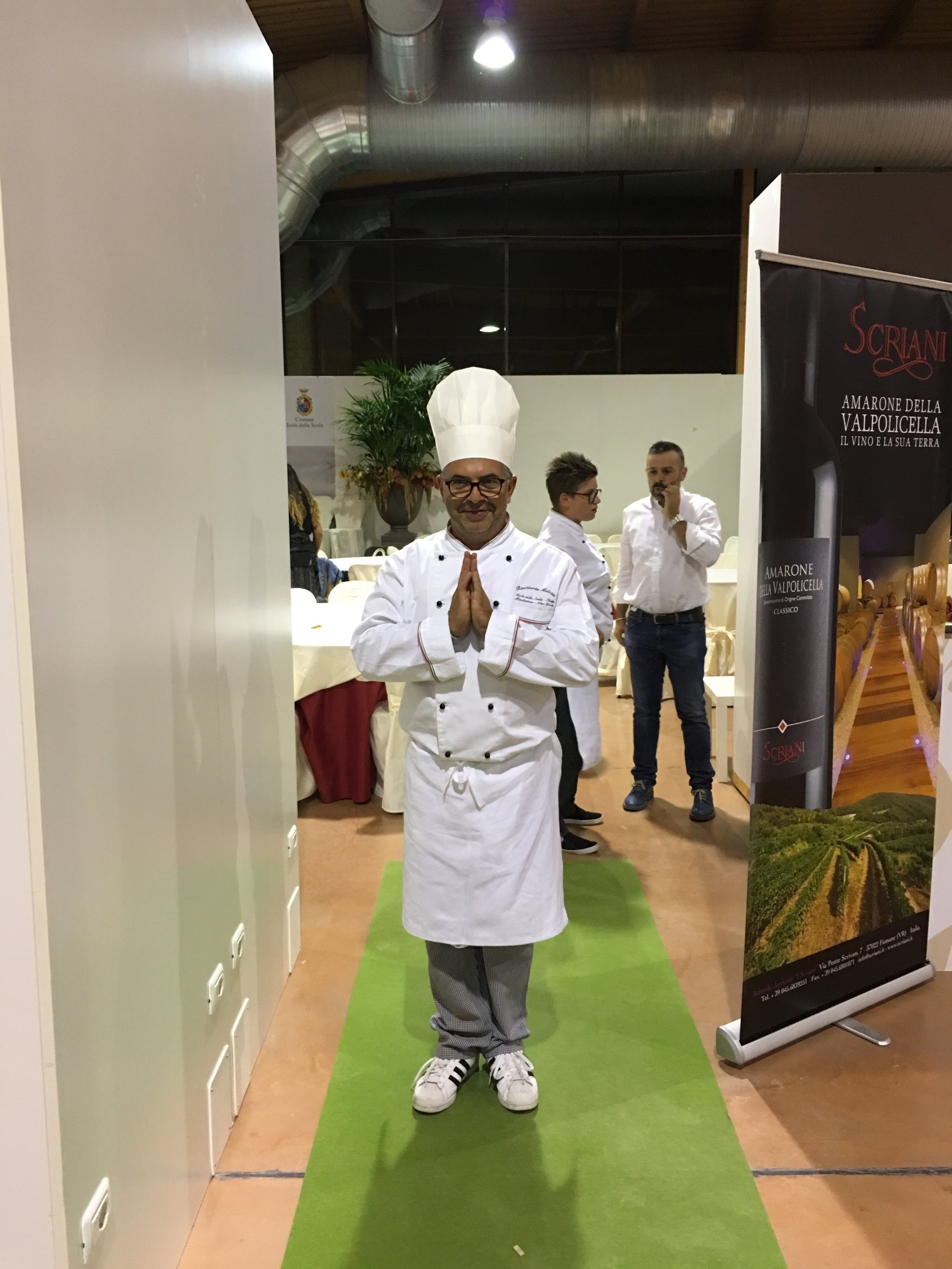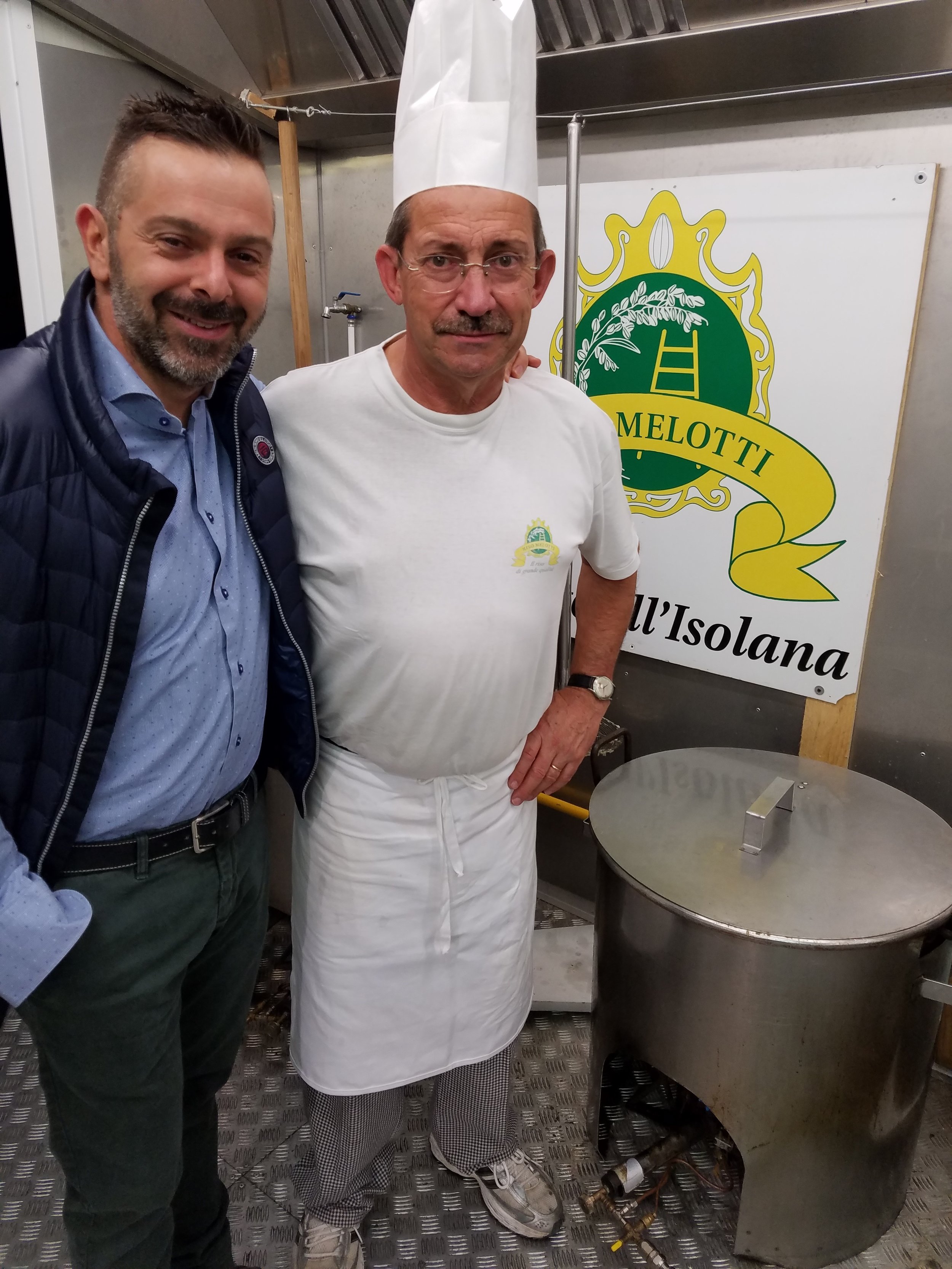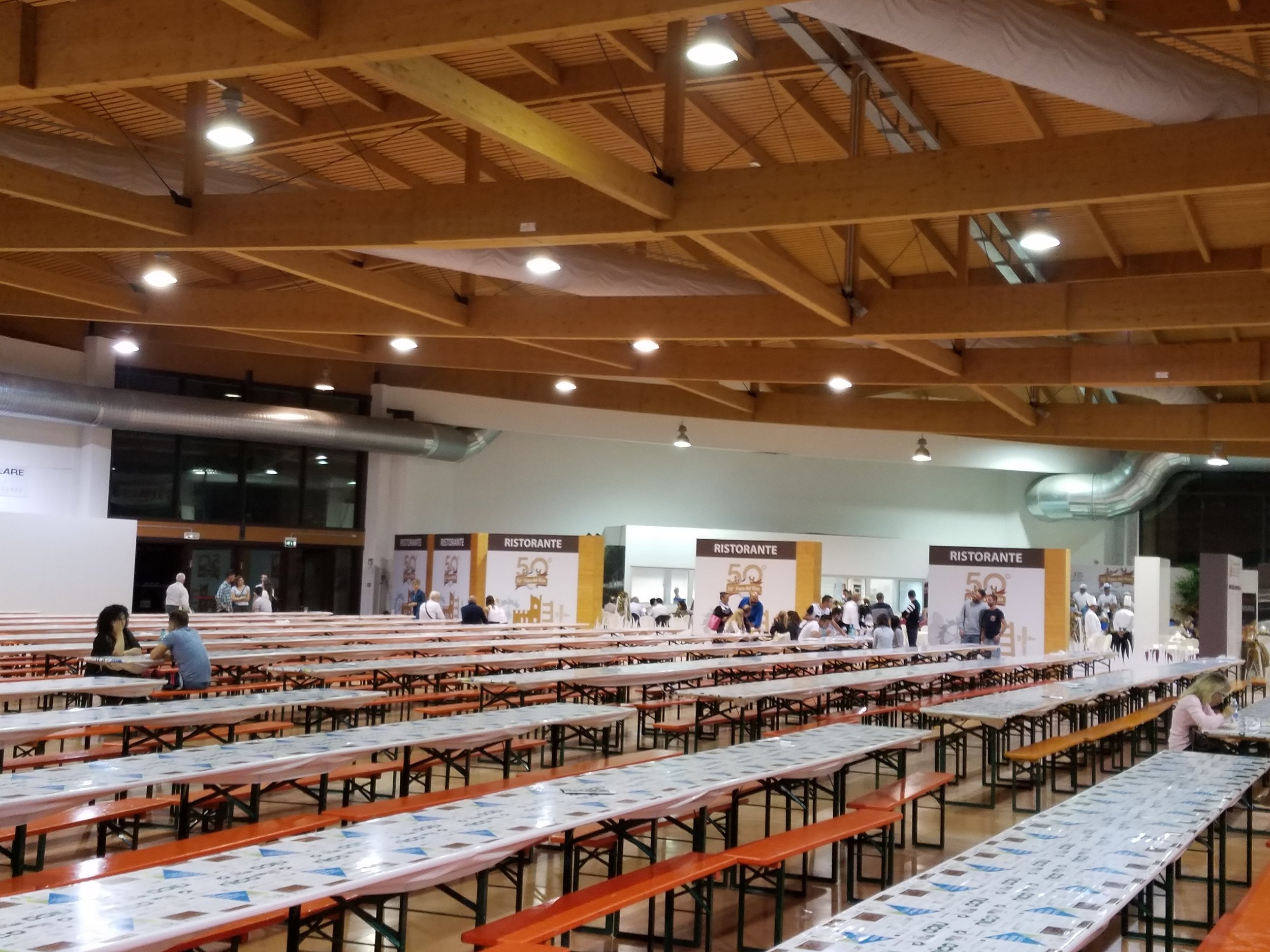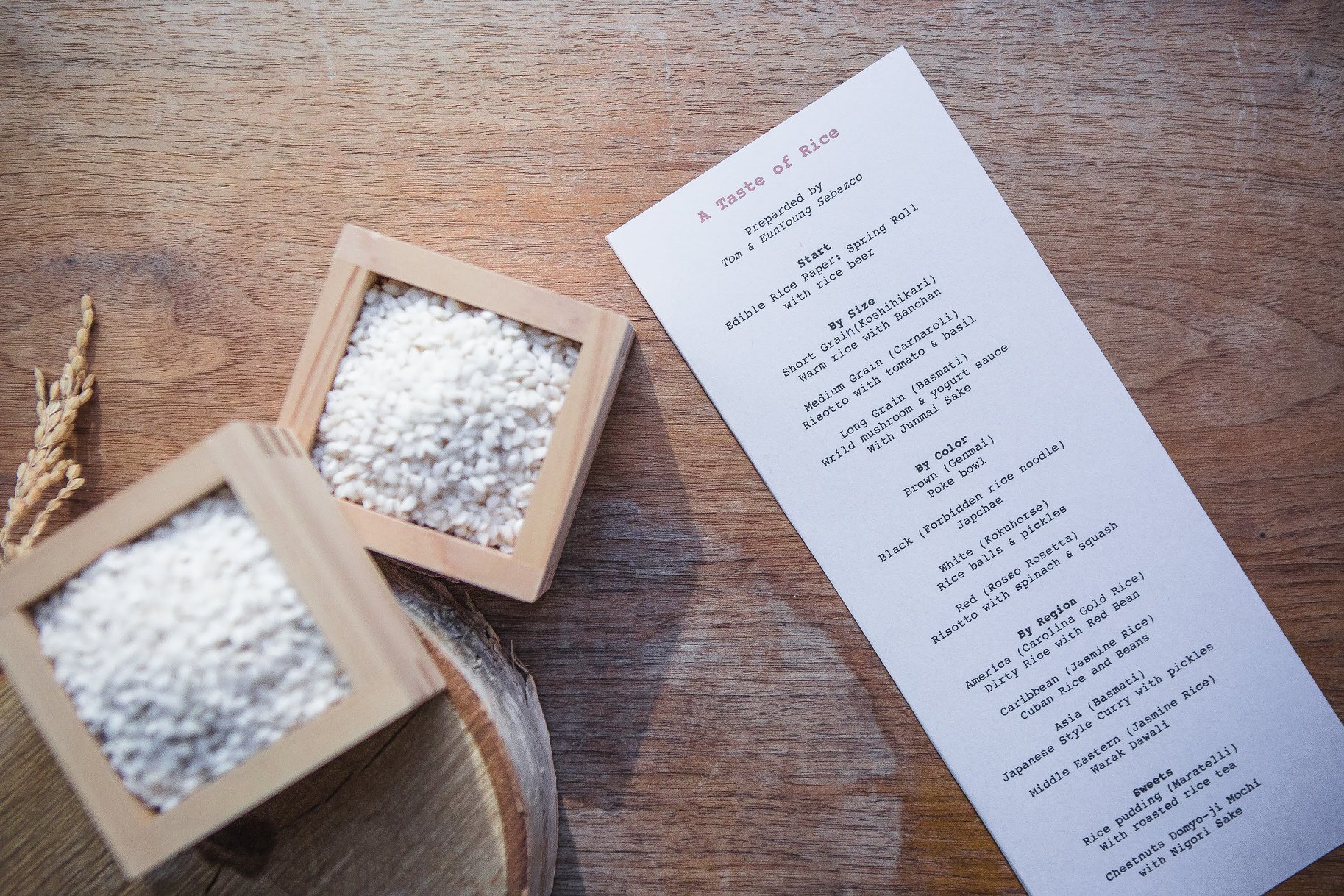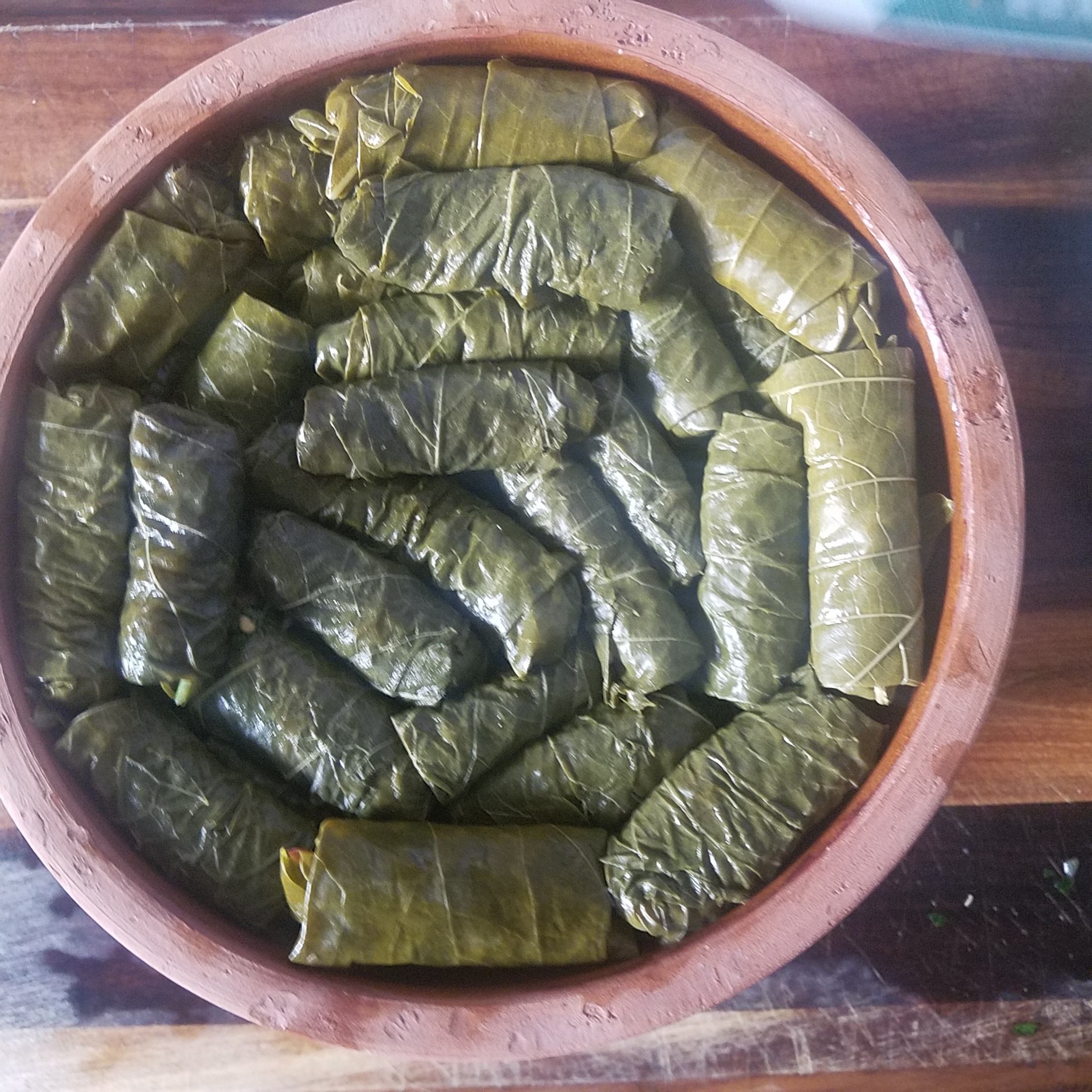Broken Rice
/Broken rice is fragments of rice grains, broken in the field, during drying, during transport, or by milling. Separate the broken grains from the whole grains and sort them by size. There is nothing wrong to consume, but it has been considered as lower grade rice. Broken rice is consumed as part of local cuisine in West Africa, Thailand, Bangladesh and elsewhere in South East Asia.
On milling, Oryza sativa, commonly known as Asian rice or paddy rice, produces around 50% whole rice then approximately 16% broken rice, 20% husk, 14% bran and meal. African rice, Oryza glaberrima, has more brittle grains, and breakage is higher.
